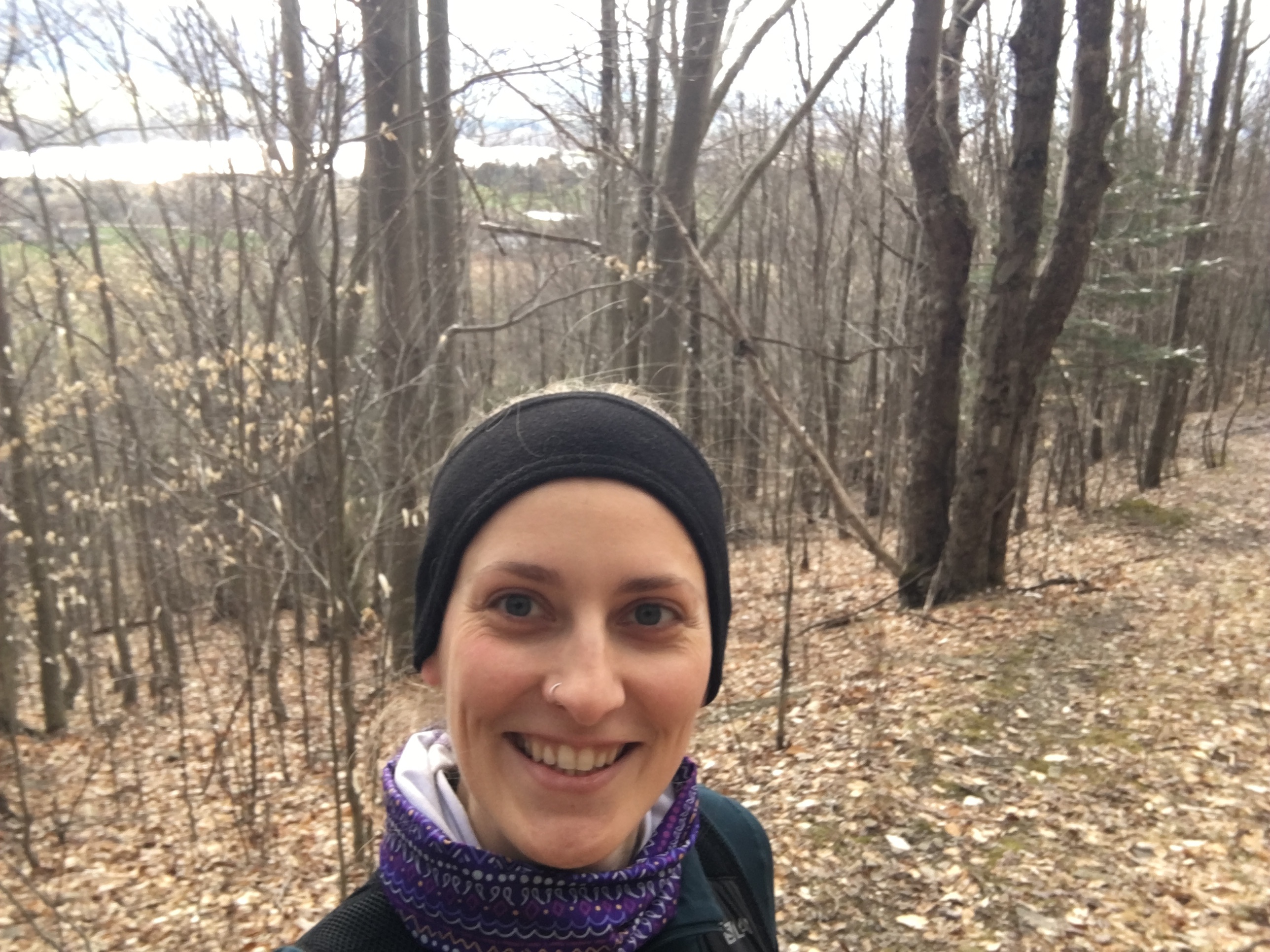In-Situ Studies of Rock Deformation Workshop brings in over 100 participants
CHESS recently hosted the first of a series of workshops associated with the NSF-funded 'In-situ Studies of Rock Deformation' Research Collaborative Network (RCN).
CHESS recently hosted the first of a series of workshops associated with the NSF-funded 'In-situ Studies of Rock Deformation' Research Collaborative Network (RCN).

During normal operations, why would people normally call you over the beam-phone?
I’ve been struggling with not being as mobile as I am used to. To help me cope, I’ve found that changing up the location of my designated workstation has helped me stay more focused. For the past few days, I’ve moved my desk out to my three-season porch. The fresh air and sunshine has helped a lot!
To implement Cornell policy regarding “COVID-19 Update: Conduct of Research”, CHESS suspended user operation Monday, March 16th, 2020 at noon. User experiments scheduled for March 2020 will not take place. Beamtime allocations for the May/June 2020 cycle have not been made yet and will be delayed until the resumption of user operations has been clarified.